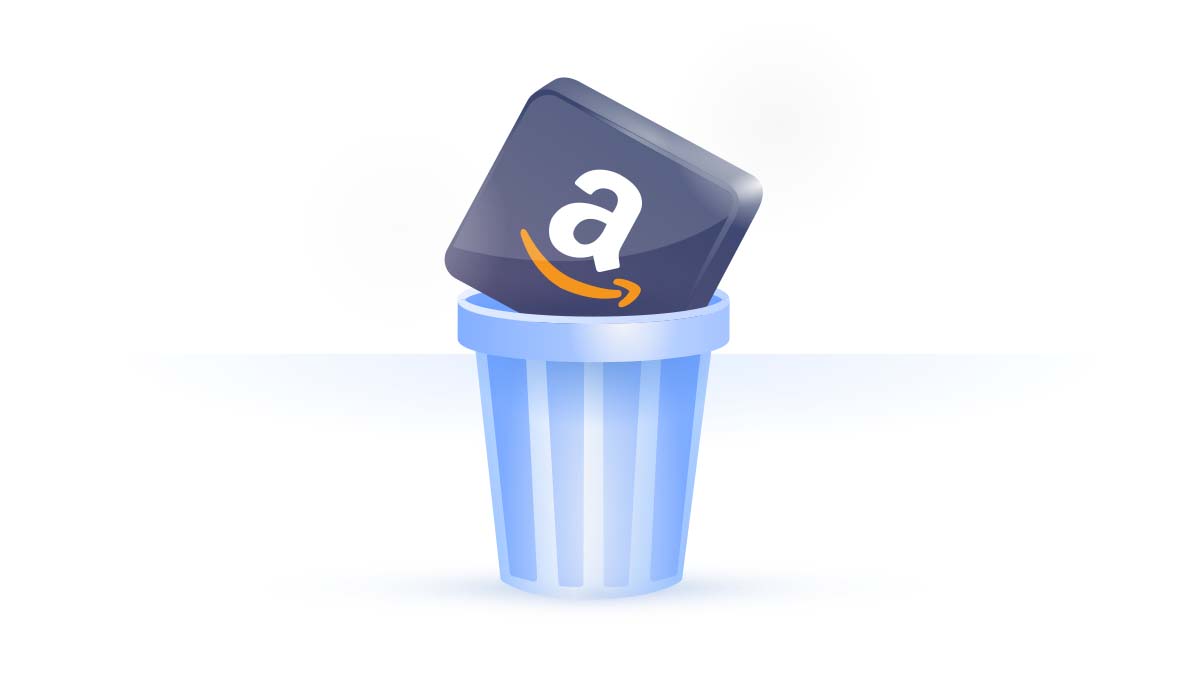Data mining in healthcare
Data mining can be used to optimize services, predict trends, and increase efficiency for specific processes. How has data mining been used when it comes to healthcare? Should we be worried?
What is data mining in healthcare?
Data mining, when used in healthcare, is used to improve patient wellbeing. A doctor can analyze data collected from different sources and formulate a treatment plan in a short amount of time. Doctors can use the mass amounts of mined data from electronic health records to help speed up recovery times, as effective treatment patterns are easier to spot when the sample size is huge. The information gained from da have improved predictive medicine, fraud detection, and treatment effectiveness.
The data mining process is a collation of several different sources of information. For healthcare, the data is normally pulled from medical records (including medical imaging and genome sequencing) and wearable devices. The data from the devices can be transmitted directly back to a doctor for real-time data.
Big data and data mining in healthcare
The terms big data and data mining are often confused, but there’s a clear distinction between the two. Big data is exactly as it sounds — a massive amount of data. Data mining is delving into big data with the intent to extract a specific pattern or solution. Data mining algorithms typically need to be fed a large amount of data to extract any meaningful solutions.
When data mining techniques are used in the healthcare industry, a plethora of benefits are gained. Patterns are spotted easier when the sample size is huge.
Benefits of data mining in healthcare
Big data analytics has had a positive impact on how patient care is handled in the modern healthcare industry. Here are some of the benefits of data mining in healthcare:
Improved diagnosis accuracy
Medical data mining allows for the speedy collection and collation of records. Once the data has been mined, it’s sorted into the corresponding sections by a machine learning algorithm. The sorting algorithm can quickly identify patterns from thousands of similar x-ray and scan images. Hundreds of medical images are compared in an instant, allowing the AI to potentially spot an anomaly the human eye could miss.
Better treatment options
The data mined from healthcare is analyzed and compartmentalized by machine-learning software. Machine learning techniques can sift through millions of records and compare results to see which treatments have the best patient outcomes.
Healthcare providers can also monitor all the data mined from a patient’s wearable devices. The doctor can take advantage of the real-time diagnostics to better formulate an effective treatment plan. Petabytes of patient data is also used with predictive analysis — allowing doctors to better formulate treatment plans that could cater to a patient’s future health changes.
Improved customer relations
The healthcare industry has infamously had issues with waiting times. Unfortunately, the longer it takes to diagnose someone, the worse the condition can get. Sometimes, a patient will have to see several different specialists until the medical establishment has found the right expert to diagnose the issue.
Data-mined medical records allow healthcare workers to compare the patient’s medical records against an expansive log of medical professionals. The perfect practitioner is found quicker, without need of a “trial-and-error” approach.
Risks of data mining in healthcare
The healthcare industry’s services have undoubtedly been improved with the use of data mining. However, we need to be aware of what we’re giving away to these businesses and corporations.
Here are some of the issues you need to keep in mind when it comes to data mining in healthcare.
Is the data stored securely?
By 2025, medical records will make up 36% of all global data. A staggering amount of sensitive patient data is at risk of being stolen or leaked if it isn’t stored safely.
When data isn’t stored safely, it’s an easy target for a cybercriminal. Once the healthcare data is spread online, a hacker with a touch of tech savvy can use that information to blackmail a panicking victim. Having secure storage is paramount when it comes to petabytes of sensitive data.
Is the data being used purely for medical reasons?
When it comes to online activity, it’s safe to assume that someone, somewhere, has used your data without your knowledge. The entity that used your data doesn’t have to be a hacker. Sometimes, it could just as likely be a social media platform. Whether it’s baked into a company’s terms of services or privacy policy, such giant corporate entities have been known to sell user data to third parties.
Unfortunately, the ability to opt out of sharing your electronic data is not available in many healthcare centers. No laws or regulations are currently in place regarding data mining and medical records. We can only hope law-makers will have a proactive attitude towards keeping our medical data safe.
Want to read more like this?
Get the latest news and tips from NordVPN.

